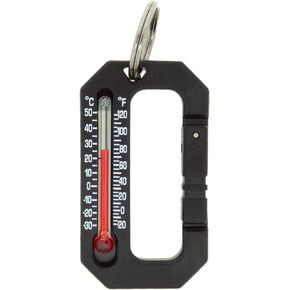- Shopping, made easy.
- /
- Get the app!
The Victoria Cross (VC) is the highest military decoration awarded for valour "in the face of the enemy" to members of the armed forces of various Commonwealth countries, and previous British Empire territories. It is first in the order of wear in the United Kingdom honours system, and takes precedence over all other orders, decorations, and medals, including the Order of the Garter. It may be awarded to a person of any military rank in any service and to civilians under military command. The VC is usually presented to the recipient or to their next of kin by the British monarch at an investiture held at Buckingham Palace. The Military Cross (MC) is the third-level military decoration awarded to officers and (since 1993) other ranks of the British Armed Forces; and formerly also to officers of other Commonwealth countries. The MC is granted in recognition of "an act or acts of exemplary gallantry during active operations against the enemy on land to all members, of any rank in Our Armed Forces". In 1979, the Queen approved a proposal that a number of awards, including the Military Cross, could be awarded posthumously The George Cross (GC) is second in the order of wear in the United Kingdom honours system, and takes precedence over all other orders, decorations and medals, except the Victoria Cross. The GC is the highest gallantry award for civilians, as well as for members of the armed forces in actions for which purely military honours would not normally be granted. The George Cross was instituted on 24 September 1940 by King George VI. At this time, during the height of the Blitz, there was a strong desire to reward the many acts of civilian courage. The existing awards open to civilians were not judged suitable to meet the new situation, therefore it was decided that the George Cross and the George Medal would be instituted to recognise both civilian gallantry in the face of enemy action and brave deeds more general
 Kwik Goal Bungee Net Fastener, 1/4 -Inch
KWD 18.500
Kwik Goal Bungee Net Fastener, 1/4 -Inch
KWD 18.500
 -11%
Sun Company HikeHitch 1 - Thermometer Carabiner | Camping, Hiking, & Backpacking Accessory
KWD 4
-11%
Sun Company HikeHitch 1 - Thermometer Carabiner | Camping, Hiking, & Backpacking Accessory
KWD 4
 CHAMPRO Brute Heavy-Duty Steel Rolling Basketball Rack, 15 Ball Capacity, Chrome
KWD 65.500
CHAMPRO Brute Heavy-Duty Steel Rolling Basketball Rack, 15 Ball Capacity, Chrome
KWD 65.500
 | Professional Football Chain Clip | Yard Marker | Referee Official Head Linesman
KWD 5
| Professional Football Chain Clip | Yard Marker | Referee Official Head Linesman
KWD 5